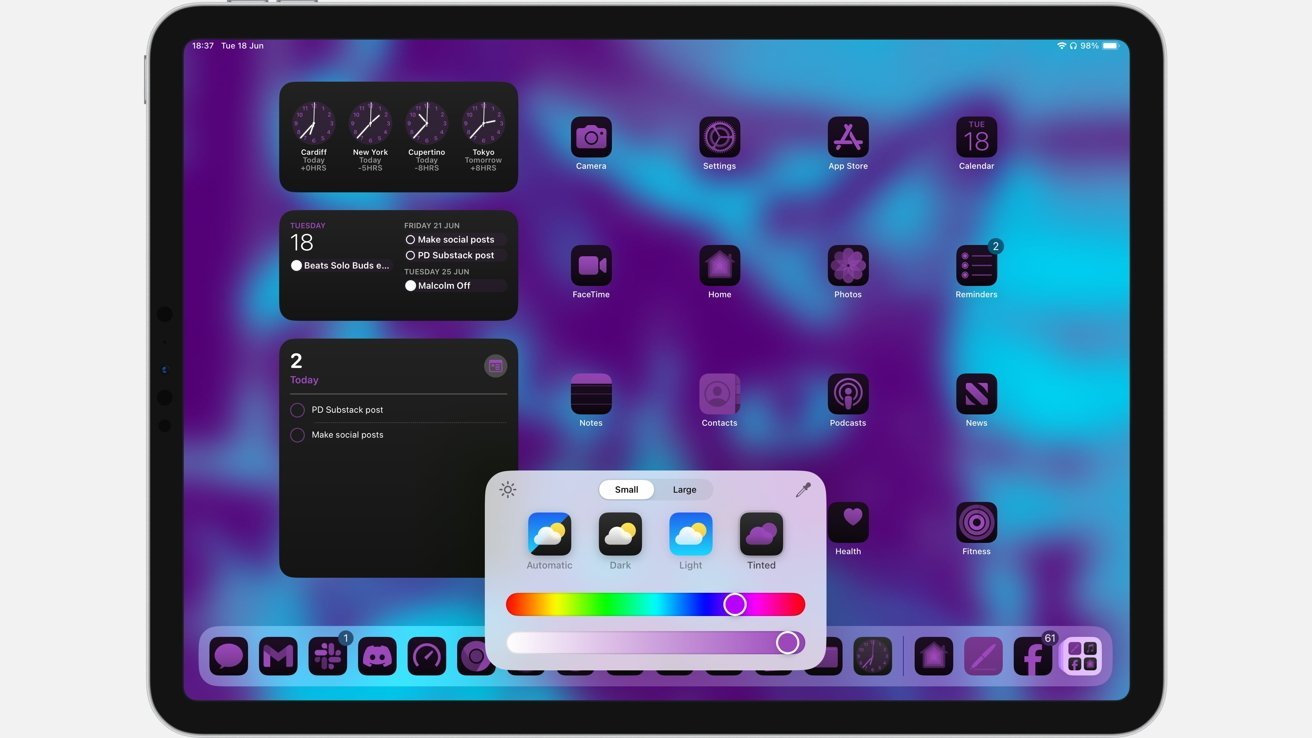Apple’s iOS 18 is improving the user experience with AI-powered tools, deeper customization, and enhanced privacy, driving strong adoption across iPhones and iPads.
The iOS 18 update brings AI-powered tools, deeper customization, and enhanced privacy. Currently, 76% of iPhones released in the last four years and 68% of all iPhones are running the latest OS.
The latest OS, iOS 18, has matched its predecessor in overall adoption, with 76% of iPhones from the past four years and 68% of all iPhones now running the software. In comparison, iOS 17 reached the same 76% adoption rate for newer devices in February 2024 but fell short of iOS 16’s performance during a reflect a solid uptake, iOS 17 achieved higher adoption in the similar timeframe.
Meanwhile, over half of all iPads — 53% — are now on iPadOS 18, while 63% of newer iPads have upgraded. Despite these milestones, around 27% of iPads remain on iPadOS 17, and 10% continue to use older software.
What makes iOS 18 stand out to users
The success of iOS 18 stems from its blend of practical enhancements, personalization, and user-centric AI features. Apple Intelligence, the standout addition, introduces a suite of tools powered by machine learning.
Tasks like organizing photos, drafting messages, and curating personalized suggestions feel more intuitive and tailored than before. Customization is another major draw.
For the first time, users can freely arrange app icons, apply color themes, and tweak the Control Center with resizable buttons and third-party app integrations. The Lock Screen has also evolved, allowing users to replace default shortcuts with apps or functions that fit their routines.
Messaging has received notable updates, including the ability to schedule messages, apply animated effects, and respond with an expanded range of emoji reactions. Apple has also embraced Rich Communication Services (RCS), improving interactions with Android users through features like high-resolution media sharing and read receipts.
Privacy remains a cornerstone of iOS. In iOS 18, users can lock or hide specific apps, requiring Face ID or a passcode to access them. Hidden apps are tucked into a secure folder within the App Library, further bolstering security.
A closer look at adoption trends
While iOS 18 has been widely adopted, its adoption rates are roughly comparable to those of iOS 17 at a similar point in its release cycle. Recent Apple statistics show 76% of iPhones released in the last four years are running iOS 18, a strong showing that aligns with previous versions.
Speculation about slower hardware upgrade cycles and cautious attitudes toward updates may have some merit, but there’s no concrete evidence tying these factors to adoption rates. Meanwhile, iOS 18’s ecosystem-specific integrations and privacy features maintain its edge over Android.
On the iPad side, iPadOS 18 shows steady adoption, with 63% of newer iPads running the latest software. Features like advanced multitasking, enhanced Apple Pencil support, and expanded widget options likely contribute to its popularity.
However, iPads often experience slower upgrade cycles compared to iPhones, reflecting their different usage patterns and upgrade habits.
For app developers, iOS 18’s rapid adoption opens doors for apps that leverage new APIs. Features like enhanced machine learning capabilities in Core ML and improvements in ARKit for augmented reality experiences can offer new capabilities.
Overall, the numbers paint a positive picture for Apple, even if adoption rates for iOS 18 haven’t outpaced previous versions.





